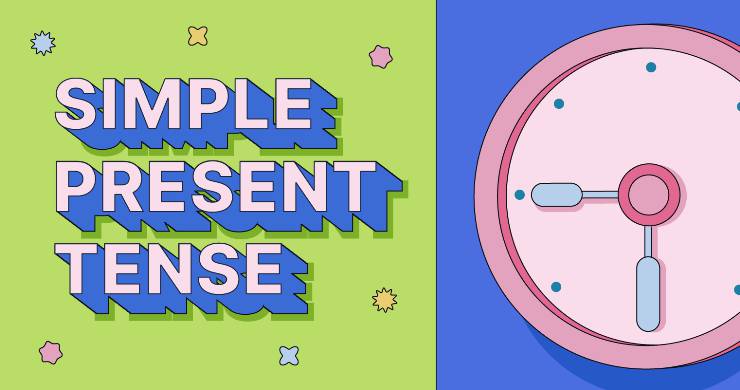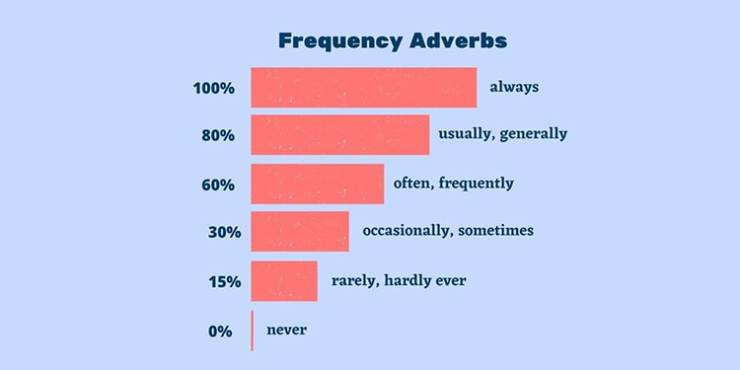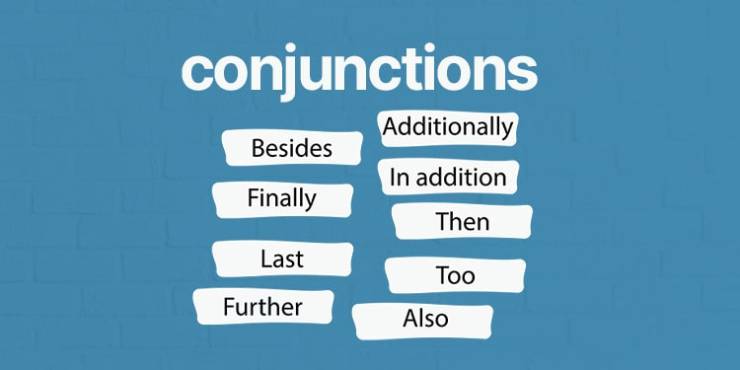The simple present tense

The Simple Present Tense (Geniş Zaman) I
Her zaman yaptığımız işleri, alışkanlık, gelenek, görenek
ve olayları anlatmakta kullandığımız Geniş Zaman
( The Simple Present Tense)'da şahıslar iki gruba ayrılır
1. Grub
**********************************************
I : Ben "Birinci tekil şahıs"
You : Sen "İkinci tekil şahıs"- Siz "İkinci çoğul şahıslar"
We : Biz "Birinci çoğul şahıslar"
They : Onlar "Üçüncü çoğul şahıslar"
2. Grub (3. tekil şahıslar)
****************************************************
He
She
It
Simple Present with I, you, we and they
1.Grub özneleri (I, you, we, ve they) ile birlikte fiil'in birinci
yani temel hali (verb 1) kullanılır.
Geniş zamanın olumlu cümlelerinde yardımcı fiil (helping verb). kullanılmaz.
Cümleyi olumsuz yaparken DO"Yapmak" fiil'i yardımcı fiil olarak kullanılır.
Özne ile fiil arasına do ve not (kısaca don’t) kelimelerini getirilir.
Not olumsuzluk ekidir.
Soru şeklinde ise cümlenin başına do kelimesini getirilip ardından özne, yüklem (fiil) ve diğer tamamlayıcı öğeleri
(tümleçler = complements) sıralanır.
The Use of The Simple Present Tense
(Geniş Zamanın Kullanımı)
* İngilizce’deki "The Simple Present Tense"in karşılığı "Geniş Zaman"dır.
1-Simple Present Tense tekrar edilen fiileri (eylemleri) anlatmak için kullanılır.
Bu kullanımda çeşitli sıklık zarflarına (adverbs of frequency) yer verilir.
every day: her gün ******* I walk to school every day.
on weekdays: hafta içi ******* I go to school on weekdays.
every week: her hafta ******* I visit my family every week.
every morning: her sabah ******* I have breakfast every morning.
2-Geçerliliğini yitirmeyen, değişmeyen gerçekleri ifade etmek için yine The Simple Present Tense kullanılır.
Example: Students wear uniforms.
* Geniş Zaman’da love (sevmek), hate (nefret etmek), like (hoşlanmak, sevmek), dislike (sevmemek, hoşlanmamak) gibi fiilleri kullanırız.
Examples:
1) I like school. ***** ( Okulu severim )
2) I like apple. ***** ( Elmayı severim )
3) I love people. ***** ( İnsanları severim )
4) I hate cities. ***** ( Şehirleri sevmem. )
The Simple Present Tense (Geniş Zaman) II
Simple Present with he, she and it
He
She
It
Mary
My father gibi üçüncü tekil şahıslardan sonra Yükleme (s, es, veya ies) takıları ilave edilir.
Diğer şahısların olumsuz ve soru yapımında kullanılan DO yardımcı fiil yardımcı fiili burada DOES haline dönüşür.
Affirmative (Olumlu): Subject + V1 + s(es,ies) + Complements
Negative Olumsuz): Subject + does + not (=doesn't) + V1 +Complements
Question (Soru) : Does + Subject + V1 + Complements
Affirmative Negative Interrogative
Long form Short form
He works.
( çalışır.) He does not work.
( çalışmaz.) He doesn’t work.
( çalışır mı?) Does he work?
She works. She does not work. She doesn’t work. Does she work?
It works. It does not work. It doesn’t work. Does it work?
Sonu ch, o, ss, sh ve x harfleri ile biten fiilere “es” takısı eklenir.
Examples (Örnekler):
1) watch : izlemek He / She / It watches. (O izler.)
2) do : yapmak He / She / It does. (O yapar.)
3) go : gitmek He / She / It goes. (O gider.)
4) miss : özlemekk He / She / It misses. (O özler.)
5) wash : yıkamak he / She / It washes. (O yıkar.)
6) mix : karıştırmak He/ She / It mixes. (O karıştırır.)
Fiilin sonu y ile bitiyorsa ve y'den önce ünsüz(consonant)varsa, fiilin sonundaki y, i’ye dönüşerek kelimenin sonuna es getirilir. Dolayısıyla ek ies şeklinde dönüşür.
Examples:
try : uğraşmak He / She / It tries. (O uğraşır.)
carry : taşımak He / She / It carries. (O taşır.)
cry : ağlamak He / She / It cries. (O ağlar.)
Ancak fiilin sonundaki y’den önceki ses, ünlü (vowel; a, e, i, o, u) bir harf ise, çekimlenirken sadece s alır.
Example (Örnek):
play : oynamak ********** He / She / It plays.
Examples:
It flies. it doeesn't fly
The cat sleeps. ***** the cat doesn’t sleep.
She likes school. ***** She doesn’t like school.
She speaks Italian. ***** She doesn’t speak Italian.
Ayşe cleans her house. ***** Ayşe doesn’t clean her house.
Ali swims every morning. ***** Ali does’t swim every morning.
Peter works in the office. ***** Peter doesn’t work in the office.
My dog sleeps in my room. ***** My dog doesn’t sleep in my room.
He goes to school every day. ***** He doesn’t go to school every day.
The Simple Present Tense III
The Simple Present Tense in yes / no questions
Geniş zamanda evet / hayır sorularının kullanımı
I, you, we ve they zamirlerinin geniş zamandaki yardımcı fiilinin do, üçüncü tekil şahıs olarak adlandırılan he, she, it zamirlerinin de yardımcı fiilinin does olduğunu önceki derslerimizde görmüştük. Dolayısıyla bu soru cümleleri ve onlara verilen kısa yes / no cevapları da buna göre şekillenir.
Questions and Short Answers in The Simple Present Tense
Geniş Zamanda Sorular ve Kısa Cevapları
Question Positive Short Answer Negative Short Answer
Do I work? Yes, you do. No, you don't.
Do you work? Yes, I/we do. No, I/we don’t.
Do we work? Yes, you do. No, you don't.
Do they work? Yes, they do. No, they don’t.
Does he work? Yes, he does. No, he doesn’t.
Does she work? Yes, she does. No, she doesn’t.
Does it work? Yes, it does. No, it doesn’t.
The Simple Present Tense III
The Simple Present Tense in yes / no questions
Geniş zamanın evet / hayır sorularında incelenişi
Examples :
Do you like your teacher ? Yes, we do. No, we don’t.
Do they speak Turkish ? Yes, they do. No, they don’t..
Do they love their teacher ? Yes, they do.. No, they don’t.
Do you drink milk ? Yes, I do. No, I don’t.
Do they visit their friends ? Yes, they do. No, they don’t.
Does he eat meat? Yes, he does. No, he doesn’t.
Does she go to school ? Yes, she does. No, she doesn’t.
Does it fly ? Yes, it does. No, it doesn’t.
Does he watch television ? Yes, he does. No, he doesn’t.
Does she clean her house ? Yes, he does. No, she doesn’t.




